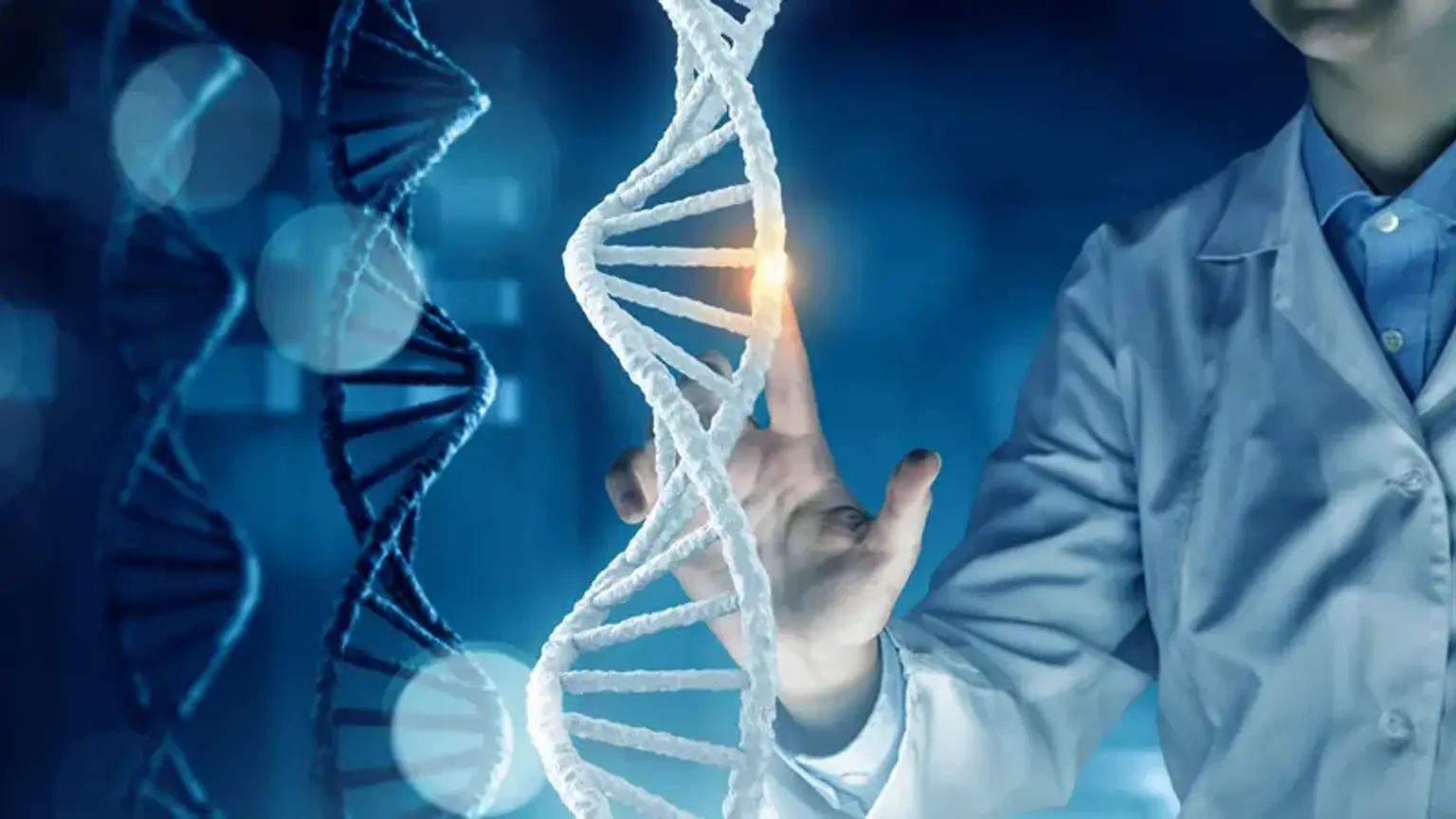Rare Genetic Disease
Knowledge of genetics is useful in family medicine for assessing a patient's risk for a genetic disease and counseling patients about potential dangers connected with subsequent childbearing. In today's world, a family physician plays a variety of roles in dealing with genetic problems. Because of the expansion in genetics knowledge, all primary care physicians must be knowledgeable of the practical advances in this field.
